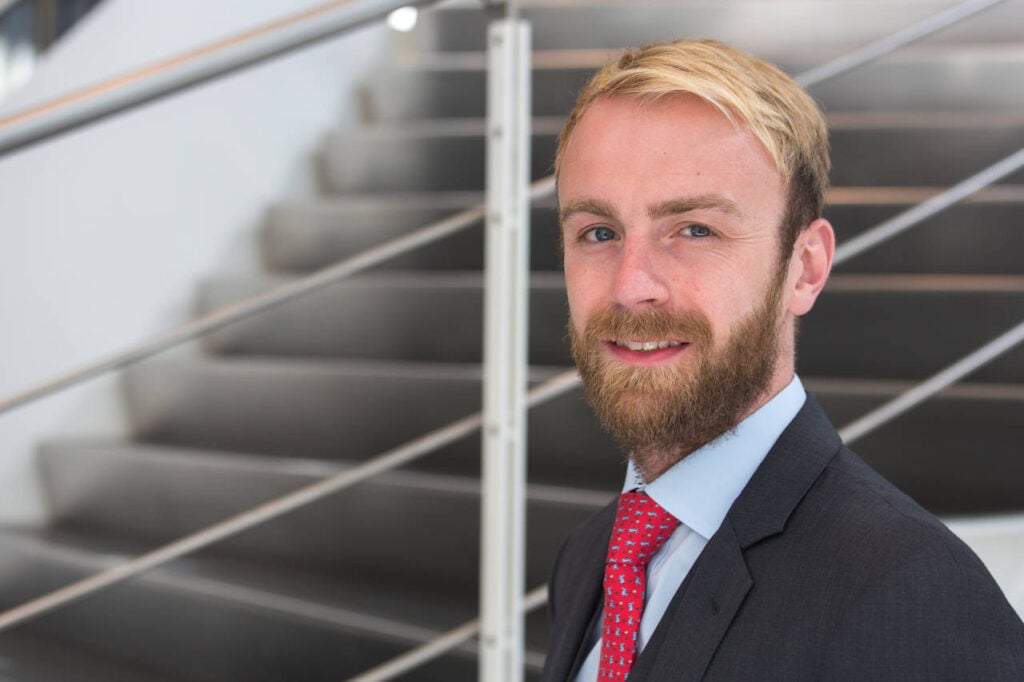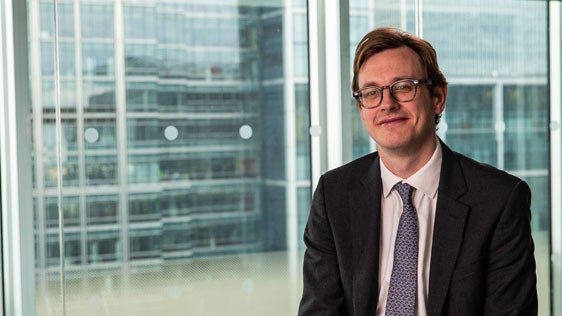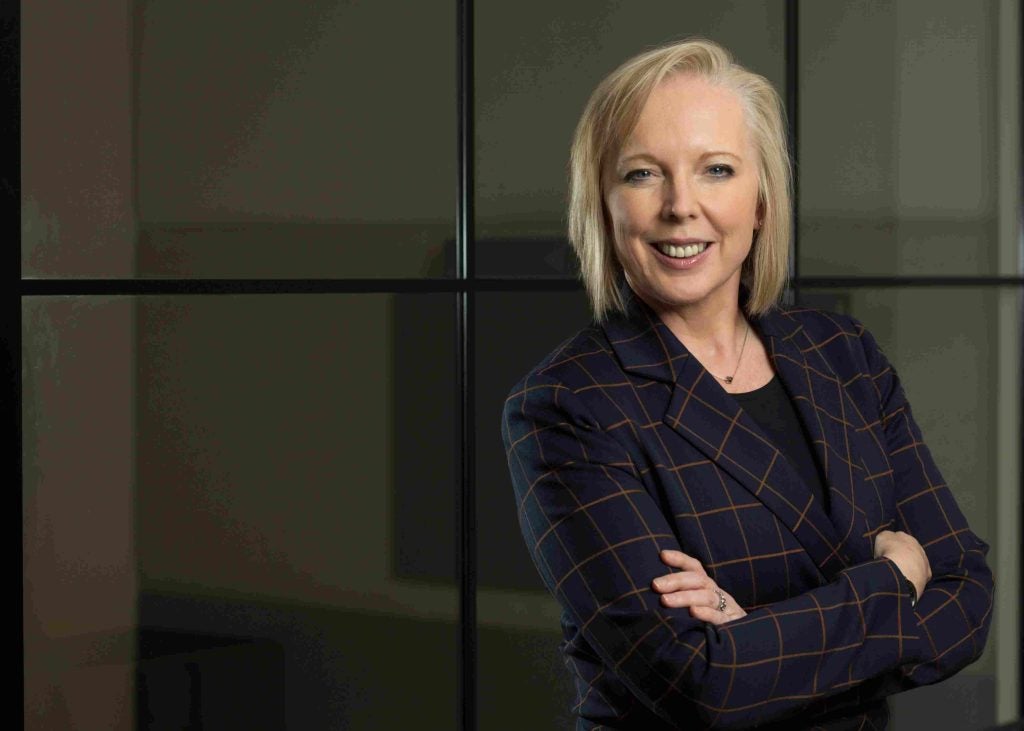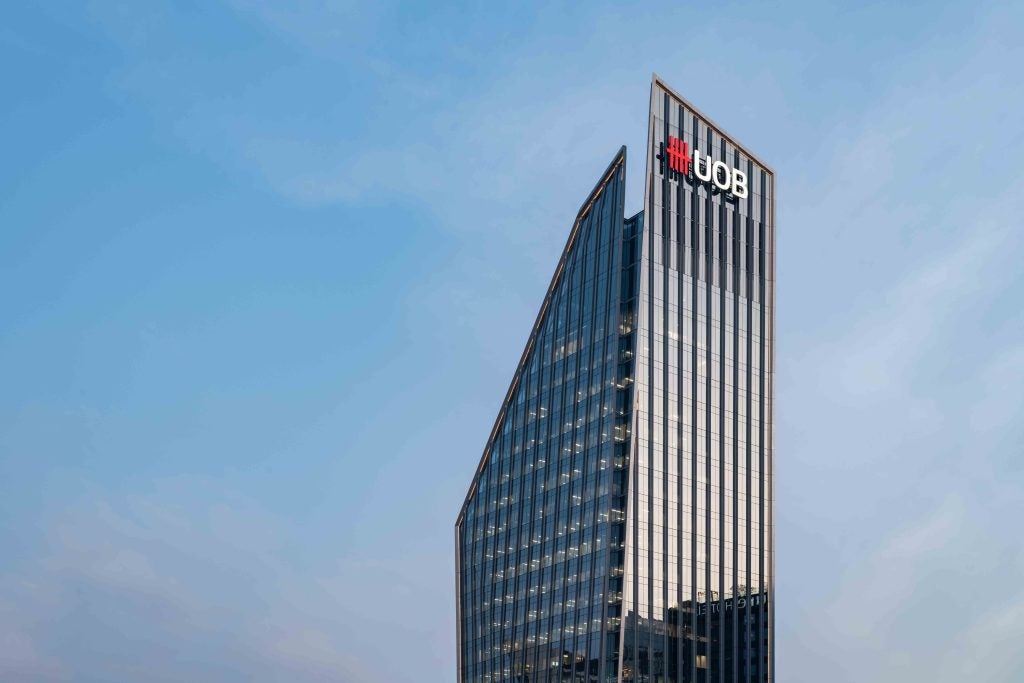
COP26 is bringing the world’s biggest companies and thinkers to Glasgow to discuss the issue of our age; climate change. Private banks are thinking about sustainability, particularly through ESG. Patrick Brusnahan speaks to the biggest players on the matter and the ESG risks for banks
Private banks are increasingly looking at ESG to keep clients onboard. In addition, they can deliver a return, especially important for wealth managers. But are the ESG risks for banks starting to outweigh the returns?

Patrick Brusnahan (PB): How much focus is Quintet Private Bank putting on ESG? And is this coming from the bank or from clients? And has this changed over the last year?
James Purcell, head of ESG, sustainable and impact investing at Quintet Private Bank (JP): We believe sustainable investing is the best way to invest, for our clients and for our business. Therefore, and in contrast to many peers, we’ve chosen not to create a dedicated sustainable investing mandate but to migrate our entire discretionary offering to a sustainable process – this is the most credible implementation and, crucially, it is what our clients increasingly expect. Over the last year we’ve been on the journey, for example, we believe an allocation to investment grade bonds can be fully represented by green bonds – where the bonds’ proceeds and ringfenced for sustainable projects, and reported accordingly.
PB: People say it’s usually younger clients that are interested in ESG, is this true?
JP: In wealth management, a client’s portfolio should reflect the individual – it should support their aspirations and reflect their beliefs. Increasingly, sustainability is a topic that resonates with the vast majority of our client base. However, undoubtedly, sustainability-affinity varies between individuals and groups. On average, affinity is highest amongst those client groups that are growing their wealth fastest – namely, younger generations, entrepreneurs, and women.
PB: How demanding are clients when it comes to a return in ESG products? More lenient?
JP: Typically, client’s do not want to compromise returns when investing in sustainable products – and nor should they. Sustainability is shaping the world around us, from consumer habits to the global energy mix. Understanding these trends and dynamics is essential for successful investing. The vast majority of clients, even those with no particular sustainability affinity, will embrace sustainable products – if the story is compelling and the returns competitive.
PB: In the next year, do you see more focus on ESG? If so, what in particular?
JP: Over the next year I expect interest in sustainable investing to further increase amongst private wealth clients. As the world changes and sustainability, in its many guises, further integrates into our daily lives, so does the investment landscape. It’s hard to look past climate investing as the main beneficiary – given the need for urgent action and the relative strength of corporate data and disclosure. My expectation is that more products will emerge that blend financial markets with real-world impacts – through elements such as carbon credits and real-world reforestation.

ESG: the next big megatrend?
Jonathan Sparks, UK Chief Investment Officer at HSBC Private Banking (JS): We have four main umbrella themes. One of them is related to ESG and it’s still something that we see as a mega trend.
Over the last year, there have been a lot of pure play stocks in ESG that performed phenomenally well. Of course 2020 was an unusual market in that respect, where some high growth stocks were in high demand, before settling down earlier this year when returns were driven more by the economic re-opening of trade. When risk sentiment is high, some ESG stocks can suffer because they tend to be higher quality.
There’s a number of clean energy related stocks that aren’t profitable now, and it can be hard to value that, so some volatility is to be expected. Yet we shouldn’t lose sight of the bigger picture, where a ramping up of spending and regulations to tackle climate change should lead to really strong growth in the sector.
In some cases, there was a bit of overshooting, because very pure play stocks are quite rare but there is a strong structural underpinning, alongside a very low rate environment so Green stocks should remain popular.
We have seen client demand for ESG investments continue to grow, this year we have seen about a third of flows into ESG/sustainable investments, which is significantly up from last year. Our thematic funds that focus on tackling pollution, climate change, and social challenges have been particularly popular.
We don’t struggle to go to a client with a basket of stocks around ESG that we have conviction in. And when we run performance portfolio simulations we find that we tend to get efficient portfolios, and in many cases they tend to outperform, for any given level of risk. On that measure, when we take more of a quantitative approach, over the long-term there shouldn’t be any compromise on returns from investing in ESG.
We like using the ESG enhanced approach across the portfolio. When done consistently, this adds a lot of sustainability to the portfolio, and means you don’t just need to resort to pure plays.
PB: How savvy are clients when it comes to ESG?
JS: Overall clients are interested in ESG; their knowledge differs across the client base. There is so much information on ESG investing out there that it’s very hard for clients to have very extensive knowledge. We have run specific client events and have developed materials to help educate clients on ESG.
PB: Is it typically younger clients that are interested in ESG?
JS: It’s always difficult to generalise, but on the whole it was the case that our younger clients tended to have a stronger interest in buying from companies that are sustainable. That said, climate change in particular is impossible to ignore which is leading to a broader buy-in across our client base.
Sustainability profiles and ESG risks for banks
PB: Why bring this new sustainability profile into the bank? What is its objective?
Stephen Metcalf, Head of Sustainable Investing at RBC Wealth Management (SM): We’re seeing more ESG focused conversations and a desire from clients to know more about the impact their investments have in everyday life.
Increasingly, consumers want to know the environmental and social impact of the things they buy and the choices they make. The same is true with investment clients who want to know about the sustainability credentials of their portfolio. RBC Wealth Management’s sustainability profile was also developed to meet expected future regulatory requirements. And lastly, this is useful data for us to use in our broader approach to sustainable investing. We think that this sort of information helps us make better investment decisions.
PB: Was the push more from the bank or from clients?
SM: For clients who are really passionate about sustainability, a key focus for them is reporting. I think increasingly, this is also becoming true for all clients, as they read more about climate change and other sustainability issues in the news, they want to understand more about factors such as carbon emissions, and company board diversity in their portfolio.
PB: How long did it take to decide the metrics?
SM: The idea behind the 15 metrics, or overview of sustainability was to move away from opaque ESG scores and focus on more objective impact measures. This helps clients to understand their portfolio allocation and sustainability data much more tangibly, rather than via a blended risk score. We expect this space to continuously evolve with new reporting regulations likely, and we will likely continue to add more metrics. And of course with time, the quality of the data reported by corporates improves and becomes more meaningful.
PB: It looks like ESG is booming, has RBC noticed this?
SM: You’re definitely seeing that there is increased focus from clients. There’s a lot of talk about the wealth transfer, with millennials reportedly more concerned about ESG and responsible investing than previous generations.
From the asset manager’s perspective, the focus has been on the trade-off between ESG and performance theory.
The difference between “how” and “what”
Harlin Singh, head of sustainable investing at Citi (HS): People have varying definitions and degrees of understanding around ESG, sustainability, social responsibility, impact and the whole alphabet soup that comprises the space of sustainability. We work with clients in the same way we work with clients on traditional investments – really understanding their needs from a risk/return/liquidity standpoint, and then having a dialogue with them to define their sustainability objectives.
And broadly, we’ve categorised approaches to sustainability into four main categories:
1) Socially responsible – focusing on alignment with an individual’s values and implemented largely through exclusions;
2) ESG integration – selecting strategies that have really strong integration of ESG factors, metrics, data, into the investment process,
3) Thematic investments – those investments that will align to frameworks such as the United Nations sustainable development goals,
4) Impact investing – investments that offer a double bottom line, financial plus quantified/measured impact
PB: How interested are clients in ESG now compared to a year ago?
HS: Especially within the private client space, I think the last two years has seen a lot of education starting with Davos, 2020, where there was a lot of interest in climate, and climate-related solutions, we’re actually seeing the interest take off.
During the pandemic, we saw a big interest in ESG, and sustainability, in thinking about how to align investments with a future state of the world, since then things have really kicked onwards.
What we’ve seen is that investors have become more discerning in terms of what they’re looking to achieve with their investments. And the shift from the values alignment, through an exclusionary approach, to investing in companies that actually are doing the right thing.
The news stories around companies that were furloughing and laying off their employees versus those who are continuing to pay them through the pandemic, even though they couldn’t open their restaurants or their hotels, let investors really think about how companies do business, and ESG integration allows them to select companies for inclusion in a portfolio around things like their labour practices.
We’ve seen substantial interest in thematic investing. For example, clients want to invest in companies that are facilitating an energy transition. These companies are creating new innovative technologies and are addressing large societal needs.
So interest has broadened beyond renewable energy to other areas such as the circular economy, sustainable agriculture and reforestation, investing in biodiversity, which is often done on the sidelines and overshadowed by the climate conversation.
Other areas are affordable housing, education, accessible education, accessible health care,
PB: Are clients targeting similar things?
HS: Sometimes we can get super specific where an investor wants to achieve a certain goal in a given industry in a certain market. For example, a client recently asked about investing in hydrogen in Puerto Rico.
However, broadly there are probably five or six themes or clients are really interested in. Within these we have observed deeper interest on certain opportunity sets.
PB: Is it a particular client segment that’s more interested in is known as are you finding the interest to be huge?
HS: It’s across the board. It’s not just for next gen, it’s not just for women, but it’s a theme picking up with all client segments, including across the wealth spectrum.
Investors are seeing that there are opportunities, even if they don’t care about a more sustainable future, they are aware of the compelling opportunities to achieve an attractive financial return because of the secular tailwinds.
The opportunities are driven by regulation and consumer behaviour. People are buying electric vehicles, people are adopting solar in degrees that they had not previously, because the cost has come down so much.
There is a need for better, more innovative healthcare. And a similar need for cheaper, more accessible education, with technology to support these innovations. With this comes a need for greater cyber security and stronger governance.
Without even considering positive regulatory, societal and environmental benefits, it’s immediately apparent that there are opportunities for an attractive financial return. As a consequence, the client base is becoming even broader than it had been before.
PB: And how are your clients measuring success when it comes to sustainable investing?
HS: Depends on the investment. In terms of return it is to seek out investments that are expected to deliver market rate or better return – as it is across all asset classes.
The impact investments that our clients are making are really mostly in private markets: private equity, private real estate and private credit. When it comes to these investments, we expect the manager to also report back on the impact return, so that they can be properly evaluated from that standpoint.
PB: Do you see anything becoming a big trend in the market?
HS: The conversation has largely been centred around transportation and renewable energy. And I think there’ll be a continued, more developed conversation around what that what climate means, the impact of climate change is not just about emissions, there’s so much more to examine in this topic.
PB: How much of a role does client education play into this? How savvy are clients?
HS: Familiarity with sustainability varies a lot. We spend a lot of time on educating our clients, but we spent a lot of time educating our clients across the board, as part of our duty. Many of our clients have made significant wealth and are very savvy business people, but maybe savvy in a specific sector or industry. They have varying degrees of familiarity with financial terminology and investing outside of their core skill set. We see our clients generally as fairly sophisticated, but they respond well to opportunities to discuss these topics and helping them to determine what their sustainability objectives really are.
One of our focuses of education has been delineating between “how” companies do business and “what” companies do business in.







